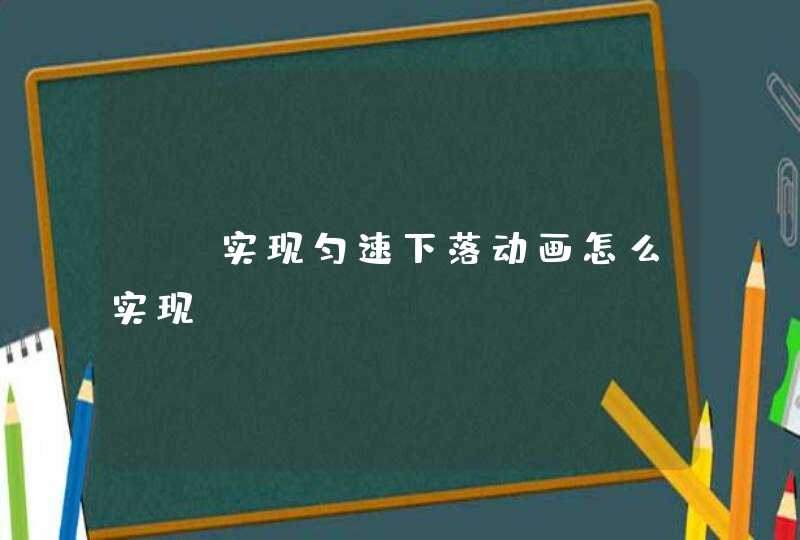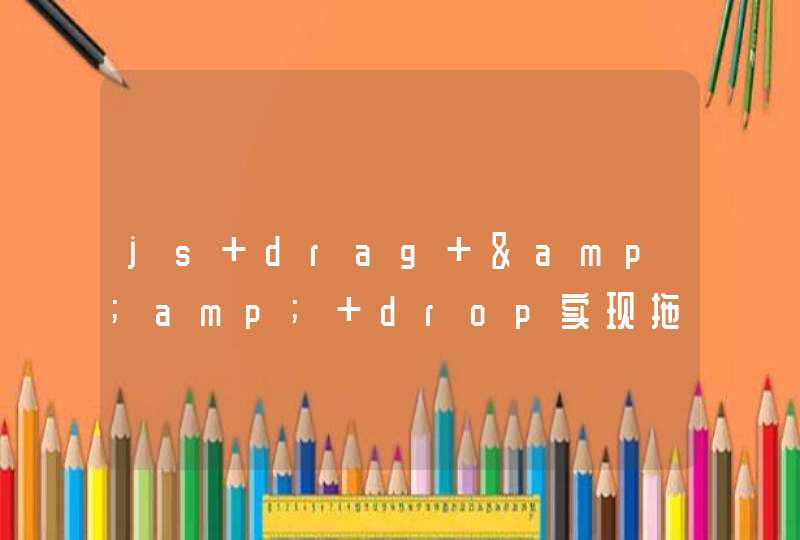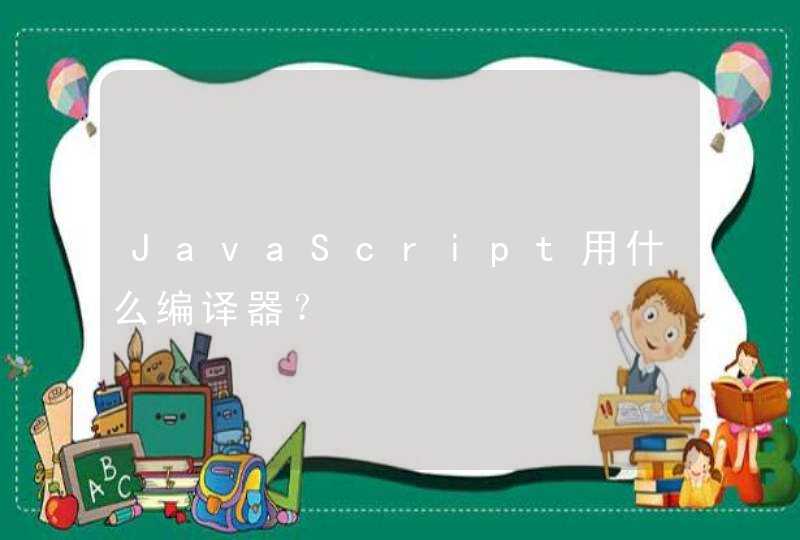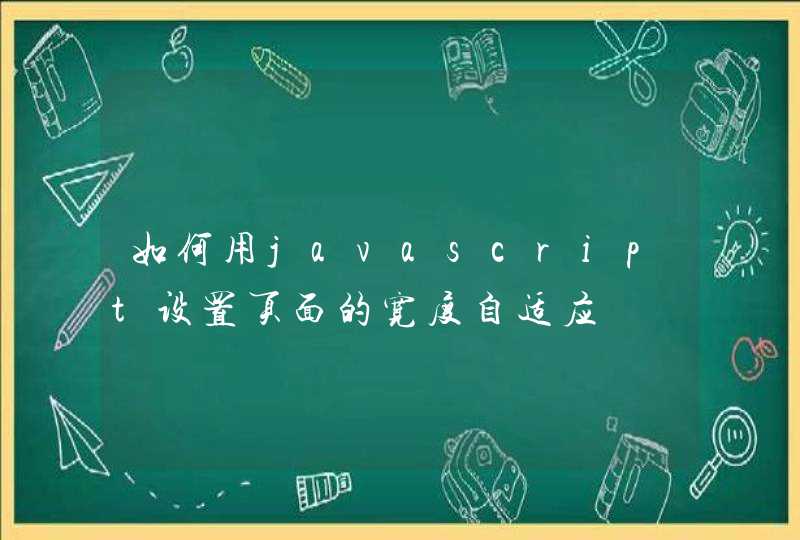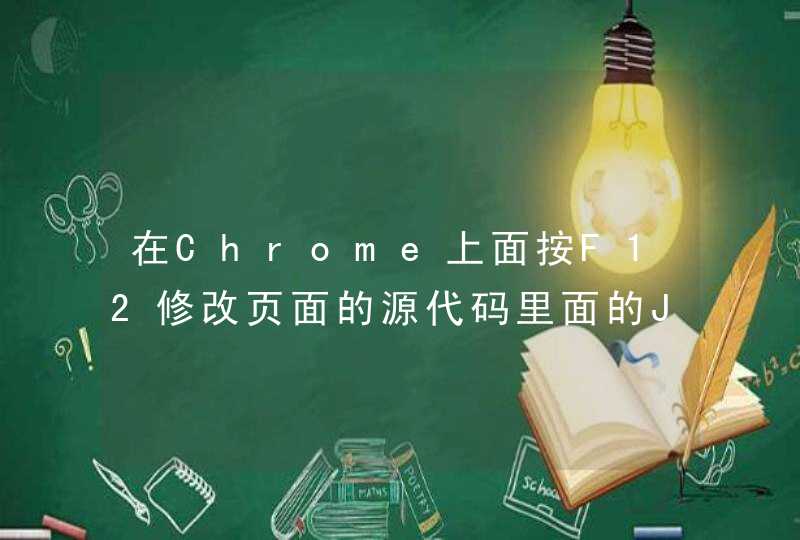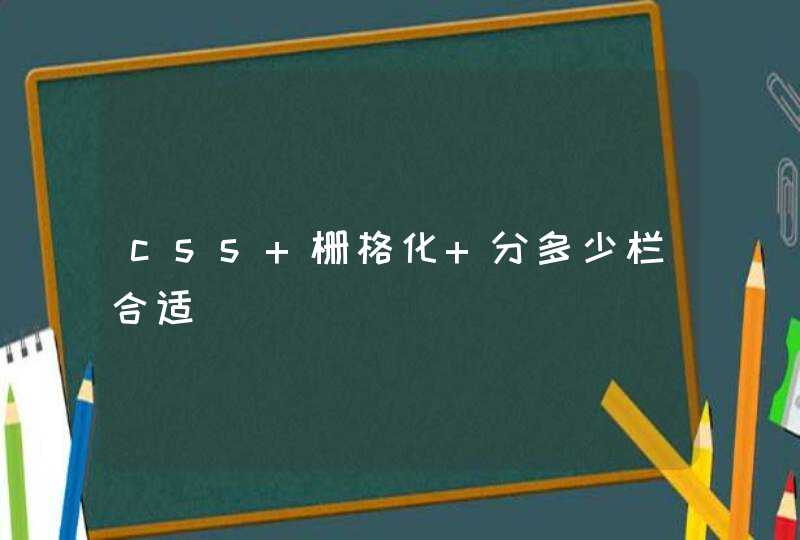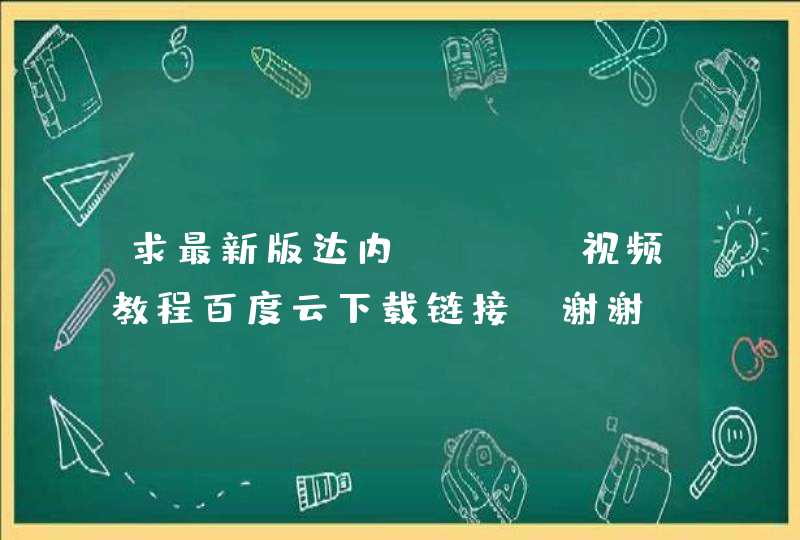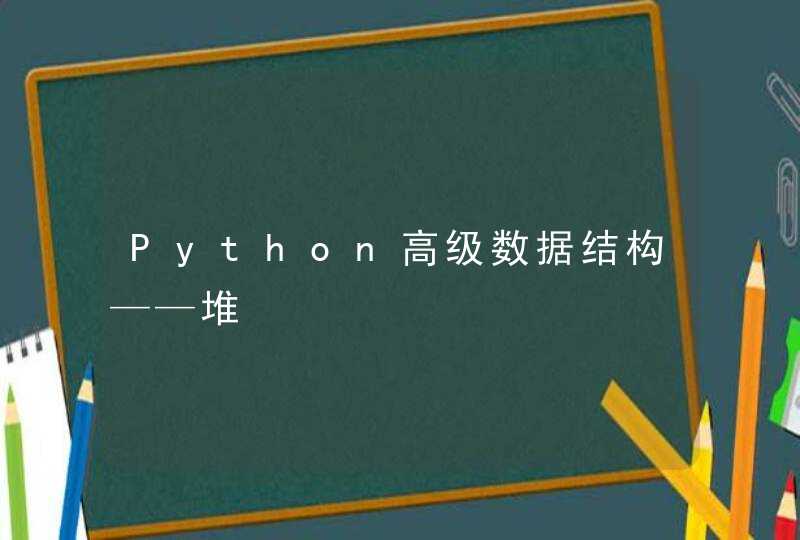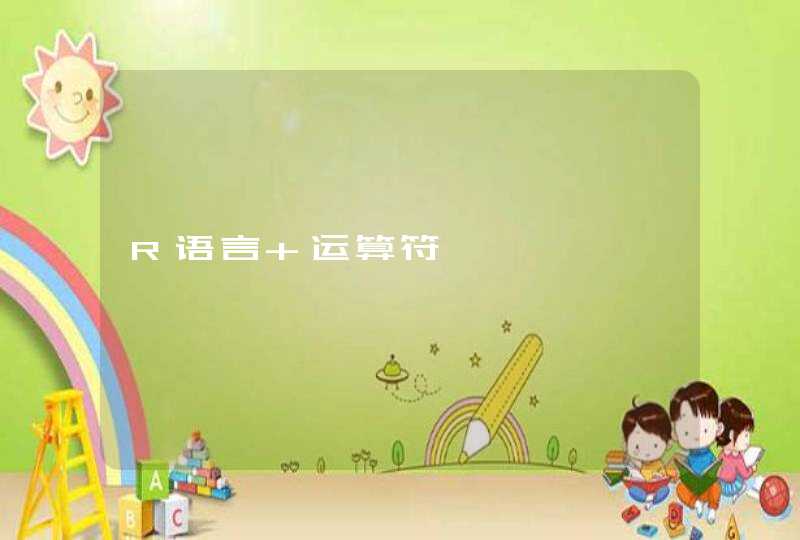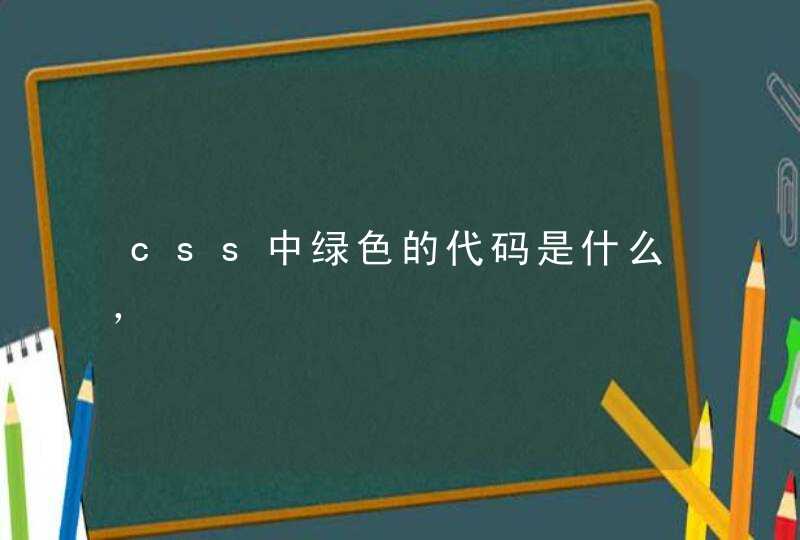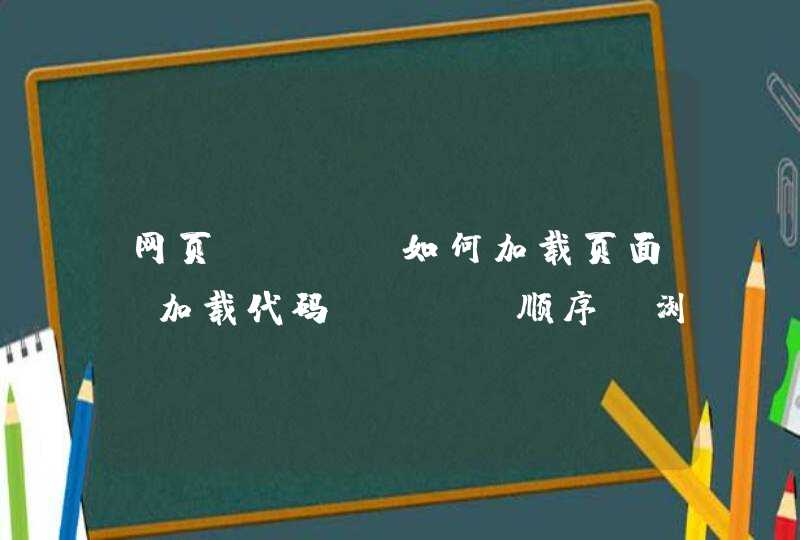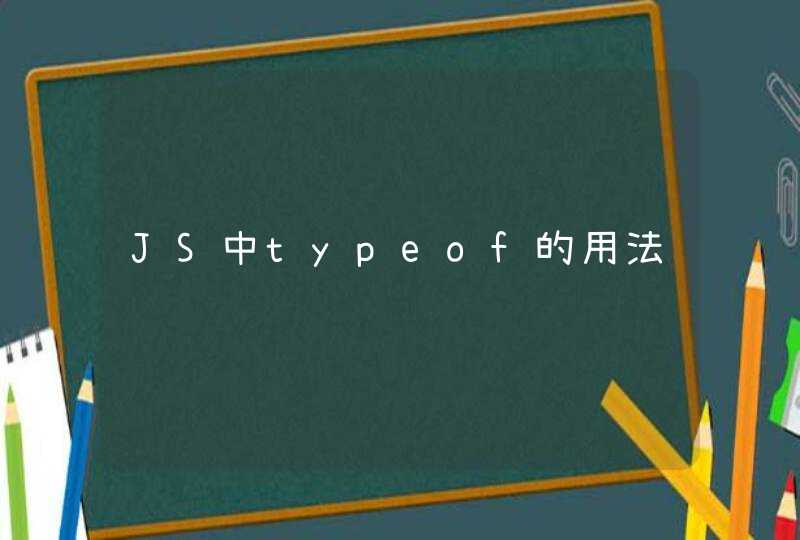
typeof是一个运算符,有2种使用方式:typeof(表达式)和typeof 变量名,第一种是对表达式做运算,第二种是对变量做运算。
typeof运算符的返回类型为字符串,值包括如下几种:
1. 'undefined' --未定义的变量或值
2. 'boolean' --布尔类型的变量或值
3. 'string' --字符串类型的变量或值
4. 'number' --数字类型的变量或值
5. 'object' --对象类型的变量或值,或者null(这个是js历史遗留问题,将null作为object类型处理)
6. 'function' --函数类型的变量或值
console.log(typeof a) //'undefined'
console.log(typeof(true)) //'boolean'
console.log(typeof '123') //'string'
console.log(typeof 123) //'number'
console.log(typeof NaN) //'number'
console.log(typeof null) //'object'
var obj = new String()
console.log(typeof(obj)) //'object'
var fn = function(){}
console.log(typeof(fn)) //'function'
console.log(typeof(class c{})) //'function'
总结:typeof运算符用于判断对象的类型,但是对于一些创建的对象,它们都会返回'object',有时我们需要判断该实例是否为某个对象的实例,那么这个时候需要用到instanceof运算符,后续记录instanceof运算符的相关用法。
由于js为弱类型语言拥有动态类型,这意味着相同的变量可用作不同的类型。
js 的七种数据类型,分别为:Number Array Boolean String Object unll undefine。
typeof 返回类型与以上依次对应为 number object boolean string object object undefine,其中还有一种返回类型为function。
在javascript中经常会用到数组,如:多个名字相同的checkbox, 若是动态生成的, 提交时就需要判断其是否是数组。
正确的是 if( typeof(document.mylist.length) != "undefined" ) { } 或 if( !isNaN(document.mylist.length) ) { } typeof的运算数未定义,返回的就是 "undefined"。
运算数为数字 typeof(x) = "number" 字符串 typeof(x) = "string" 布尔值 typeof(x) = "boolean" 对象,数组和null typeof(x) = "object" 函数 typeof(x) = "function" typeof 运算符返回一个用来表示表达式的数据类型的字符串。可能的字符串有:"number"、"string"、"boolean"、"object"、"function" 和 "undefined"。
如: alert(typeof (123))//typeof(123)返回"number"alert(typeof ("123"))//typeof("123")返回"string"typeof 运算符返回一个用来表示表达式的数据类型的字符串。
typeof[()expression[ ] expression 参数是需要查找类型信息的任意表达式。说明typeof 运算符把类型信息当作字符串返回。typeof 返回值有六种可能: "number" 。"string", "boolean", "object", "function“, 和 "undefined"。typeof 语法中的圆括号是可选项。
如何判断js中的数据类型:typeof、instanceof、 constructor、 prototype方法比较如何判断js中的类型呢,先举几个例子:
var a = "iamstring."
var b = 222
var c= [1,2,3]
var d = new Date()
var e = function(){alert(111)}
var f = function(){this.name="22"}
最常见的判断方法:typeof
alert(typeof a) ------------>string
alert(typeof b) ------------>number
alert(typeof c) ------------>object
alert(typeof d) ------------>object
alert(typeof e) ------------>function
alert(typeof f) ------------>function
其中typeof返回的类型都是字符串形式,需注意,例如:
alert(typeof a == "string") ------------->true
alert(typeof a == String) --------------->false
另外typeof 可以判断function的类型;在判断除Object类型的对象时比较方便。
判断已知对象类型的方法: instanceof
alert(c instanceof Array) --------------->true
alert(d instanceof Date)
alert(f instanceof Function) ------------>true
alert(f instanceof function) ------------>false
注意:instanceof 后面一定要是对象类型,并且大小写不能错,该方法适合一些条件选择或分支。
根据对象的constructor判断: constructor
alert(c.constructor === Array) ---------->true
alert(d.constructor === Date) ----------->true
alert(e.constructor === Function) ------->true
注意: constructor 在类继承时会出错
eg,
function A(){}
function B(){}
A.prototype = new B()//A继承自B
var aObj = new A()
alert(aobj.constructor === B) ----------->true
alert(aobj.constructor === A) ----------->false
而instanceof方法不会出现该问题,对象直接继承和间接继承的都会报true:
alert(aobj instanceof B) ---------------->true
alert(aobj instanceof B) ---------------->true
言归正传,解决construtor的问题通常是让对象的constructor手动指向自己:
aobj.constructor = A//将自己的类赋值给对象的constructor属性
alert(aobj.constructor === A) ----------->true
alert(aobj.constructor === B) ----------->false//基类不会报true了
通用但很繁琐的方法: prototype
alert(Object.prototype.toString.call(a) === ‘[object String]’) ------->true
alert(Object.prototype.toString.call(b) === ‘[object Number]’) ------->true
alert(Object.prototype.toString.call(c) === ‘[object Array]’) ------->true
alert(Object.prototype.toString.call(d) === ‘[object Date]’) ------->true
alert(Object.prototype.toString.call(e) === ‘[object Function]’) ------->true
alert(Object.prototype.toString.call(f) === ‘[object Function]’) ------->true
大小写不能写错,比较麻烦,但胜在通用。
通常情况下用typeof 判断就可以了,遇到预知Object类型的情况可以选用instanceof或constructor方法,简单总结下,挖个坑,欢迎补充!

